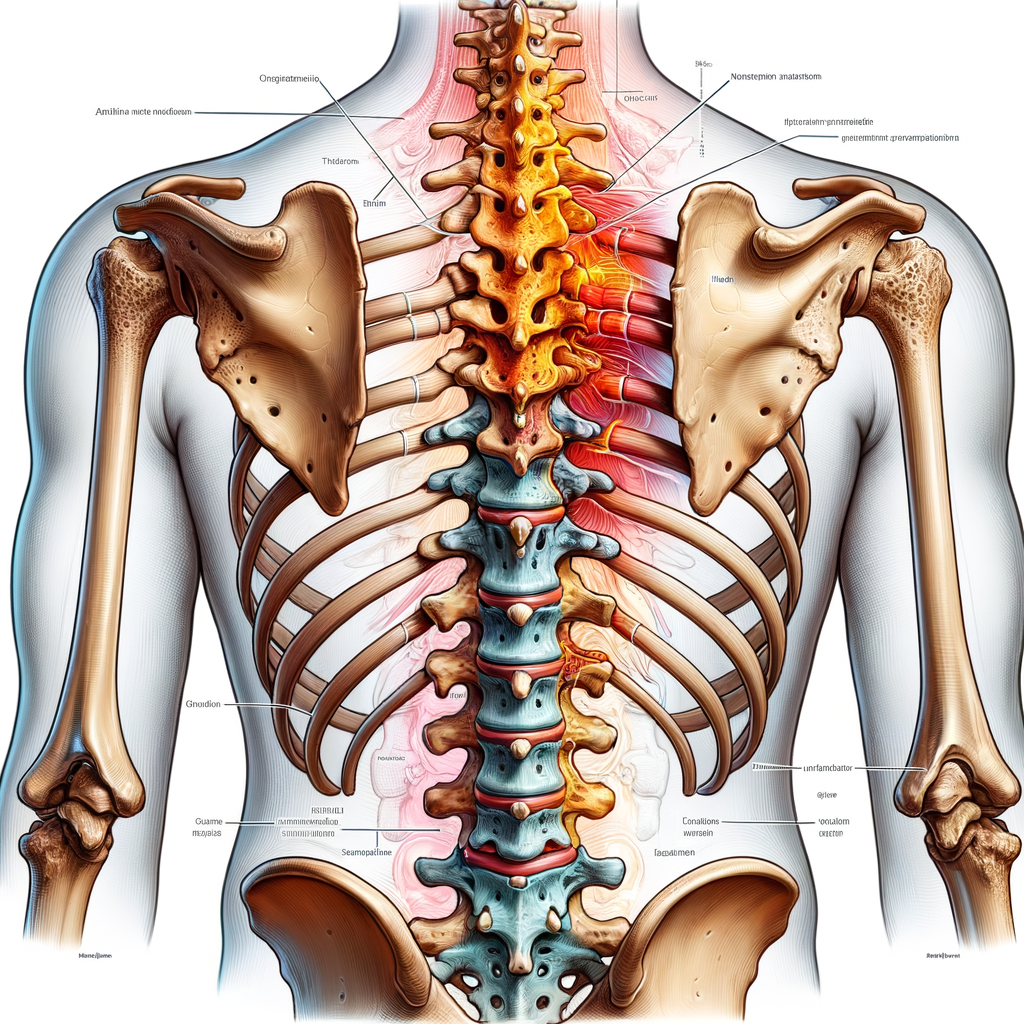Understanding Compression Fracture Injuries

A compression fracture injury is a common type of spinal injury that often results from osteoporosis, trauma, or diseases affecting bone strength. This article delves into the nature of compression fractures, their causes, symptoms, diagnosis, and treatment options. It also highlights the importance of early detection and intervention to prevent long-term complications.
What is a Compression Fracture?
A compression fracture occurs when one or more bones in the spine weaken and collapse. This can lead to severe pain, height loss, and deformity. The most common site for these fractures is the thoracic spine, particularly the lower part. However, they can also occur in the lumbar spine.
Causes of Compression Fractures
- Osteoporosis: This is the most common cause of compression fractures. Osteoporosis is a condition that weakens bones, making them fragile and more likely to break.
- Trauma: A fall, a forceful jump, a car accident, or any other kind of physical trauma can cause compression fractures, especially in people with weak bones.
- Cancer: Certain types of cancer can spread to the spine and weaken the vertebrae, making them more susceptible to fractures.
Symptoms of Compression Fractures
Compression fractures can be painful and limit movement. Symptoms may include sudden back pain, worsening of pain when standing or walking, decrease in height, and spinal deformities such as kyphosis (a hunched back).
Diagnosis and Treatment
Doctors typically diagnose compression fractures through physical examinations, patient history, and imaging tests like X-rays, CT scans, or MRI. Treatment options depend on the cause and severity of the fracture. They may include pain medication, bed rest, bracing, physical therapy, and in severe cases, surgery.
Prevention and Management
Preventing compression fractures involves maintaining bone strength through a healthy diet, regular exercise, and avoiding activities that put excessive strain on the spine. For those with osteoporosis, medication may be prescribed to slow bone loss. Regular check-ups are crucial for early detection and treatment of compression fractures.
Conclusion
Compression fractures can significantly impact a person’s quality of life. However, with early detection, appropriate treatment, and preventive measures, it’s possible to manage the condition and maintain a healthy, active lifestyle. If you experience persistent back pain or other symptoms associated with compression fractures, seek medical attention promptly.
Meta Keywords
Compression Fracture, Spinal Injury, Osteoporosis, Bone Health, Back Pain, Fracture Treatment, Fracture Prevention
Note: The above content is a text representation of an article. In an actual HTML document, the tags would not be visible and would serve to format the content. The image for the article would be created separately and added to the article during the publishing process. The meta keywords would be added to the meta header of the HTML document for SEO purposes.







